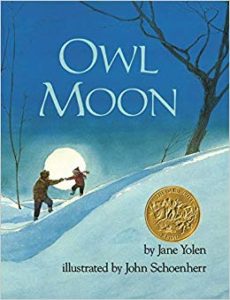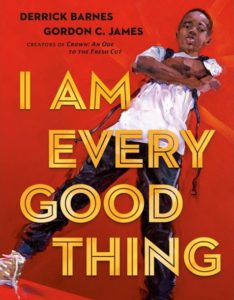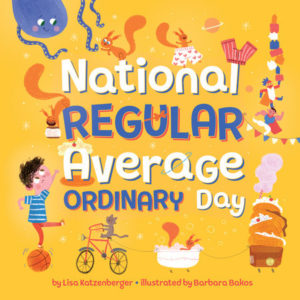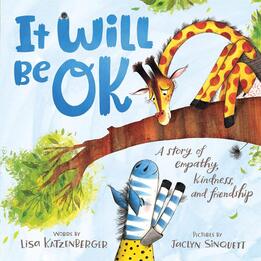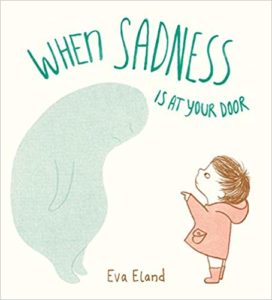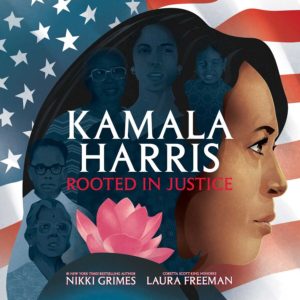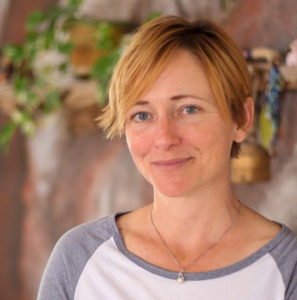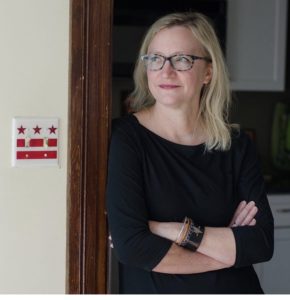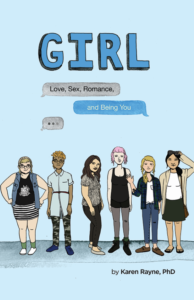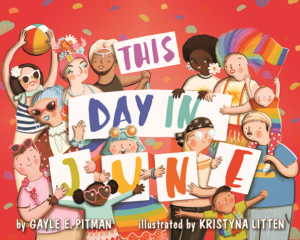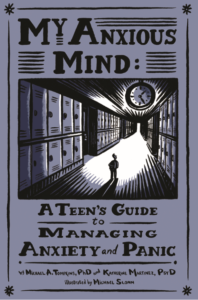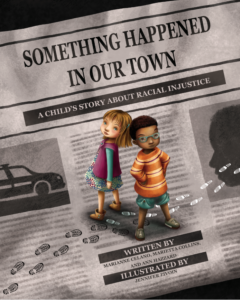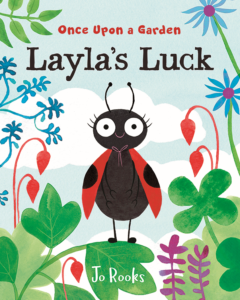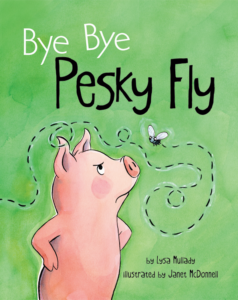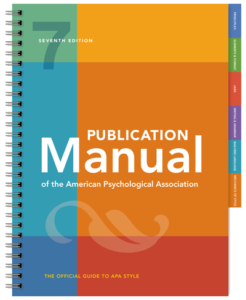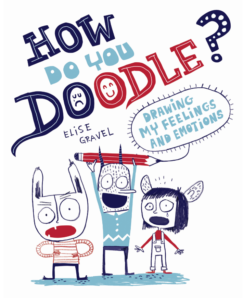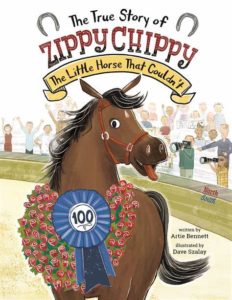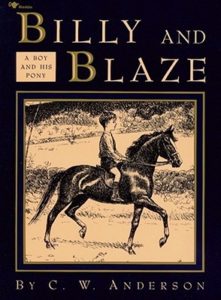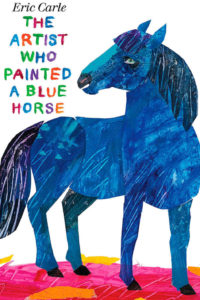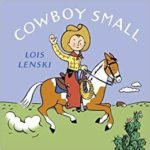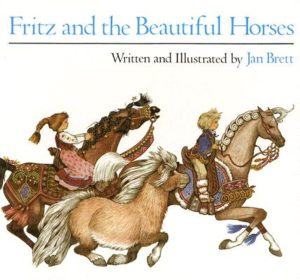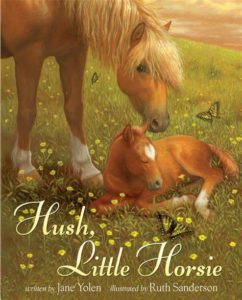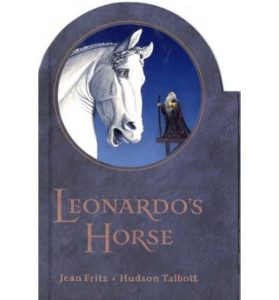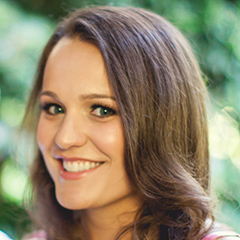 Let’s give a big OPB welcome to Clelia Gore, the VP of Martin Literary & Media Management, where she serves as Literary Manager of the Children’s and Young Adult Division. Normally, I create a fabulously researched and often-amusing made-to-order biographical introduction at this point, but when someone takes the time to create such an fine Twitter bio as Clelia did, what can I do but share it here?
Let’s give a big OPB welcome to Clelia Gore, the VP of Martin Literary & Media Management, where she serves as Literary Manager of the Children’s and Young Adult Division. Normally, I create a fabulously researched and often-amusing made-to-order biographical introduction at this point, but when someone takes the time to create such an fine Twitter bio as Clelia did, what can I do but share it here?
- Optimist
- Lover of things lovely
- Crooked smiler
- French-Peruvian-American living in Singapore for a bit
- Mama
And if you’re wondering how to pronounce her name, I asked, and I have the answer. From Clelia herself: “For those wondering, it’s pronounced Clel (rhymes with bell)-eeee-uh. Named after an Italian duchess from a Stendahl novel.”
Perhaps most important, she recently tweeted that “PBs are my jam.” Same here.
With that, let’s get to the interview!
RVC: Rumor has it that you had a great book experience in first grade that got you on the literary path. Care to share your special magic book moment?
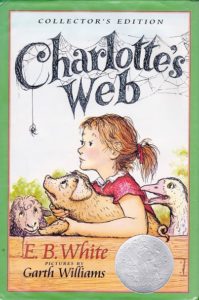 CG: Yes! Charlotte’s Web by EB White sparked something within me that has stayed with me through adulthood. I was the kind of reader that devoured everything on my bookshelf, pretty much as soon as I got the hang of reading. I had read only one other chapter book on my own prior to Charlotte’s Web (a book about a dogcatcher called The Terrible Mr. Twitmeyer). My older brother had acquired it through a Scholastic Book Fair order. He didn’t like me touching his things, so I went into his room secretly, swiped it, and read it behind closed doors while sitting in a bathtub!
CG: Yes! Charlotte’s Web by EB White sparked something within me that has stayed with me through adulthood. I was the kind of reader that devoured everything on my bookshelf, pretty much as soon as I got the hang of reading. I had read only one other chapter book on my own prior to Charlotte’s Web (a book about a dogcatcher called The Terrible Mr. Twitmeyer). My older brother had acquired it through a Scholastic Book Fair order. He didn’t like me touching his things, so I went into his room secretly, swiped it, and read it behind closed doors while sitting in a bathtub!
I remember being completely affected by the story—how much I loved the characters, the farm and county fair settings, enchanted by the storytelling and feeling ALL the emotions when Charlotte met her fate. I remember crying in the bathtub by myself, completely moved by this terrific pig. From then on, I understood the magic of books in a big way and I’ve spent the rest of my life chasing that same feeling in the books I read.
RVC: Some pig, indeed!
CG: I still have that same copy of the book today! I used to read it right before school started every year, as a comforting ritual. Now I bring it with me wherever we move, carrying a bit of my childhood with me.
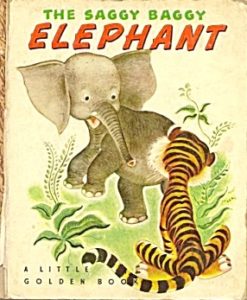 RVC: I keep my first copy of The Saggy Baggy Elephant for the same reason.
RVC: I keep my first copy of The Saggy Baggy Elephant for the same reason.
But back to you–how do you go from an amazing reader experience like that into the world of lawyering? What happened?
CG: I continued to be an avid reader through high school and college. At that time in my life, I was a bit of a book snob and only read classics—I was determined to read all of them. I think I was the only 17-year-old who had read all of John Steinbeck, Mark Twain, and Edith Wharton’s entire catalogs. I took a lot of pride in having read their deep cuts. In college, naturally, I became an English major. My parents put it in my head that, with that major, I could become a lawyer and I just decided to go with it. I wish I could say I put more thought into it than that, but I didn’t. Looking back, it wasn’t an illogical choice, just not the most thoughtful one. I ended up going straight to law school after college.
RVC: What got you out of the legal world and into the literary agent arena?
CG: I knew early on that being a lawyer was not for me. It was 2009 and I was working at a big corporate law firm in Manhattan litigating securities disputes—not quite the scene for a whimsical gal like me. I will say this—I gained so much from my experience in law school and practicing as an attorney for about four years. It, of course, helps me as a literary agent who negotiated contracts. I’m a better analytical thinker as a result of it, better equipped for the adult world and most importantly, it helped me develop a sense of professional confidence. For me, being a lawyer was a really hard job during a really hard time (the recession). I was challenged every day and was able to rise to the occasion, and I succeeded at it even though I didn’t like it. I brought the confidence I developed from that experience with me to publishing. I also met many lifelong friends and my husband along the way! Plus, I like knowing and learning about the law—I just didn’t like practicing it.
RVC: You’re not the first ex-lawyer to say something like this here at OPB. Maybe one of these days, I’ll get you all together for a special Picture Book panel discussion.
CG: When I was first contemplating a career switch, I immediately thought of children’s book publishing. Kids books, especially picture books, were always an important part of my life. Even as an adult. As a lawyer, I worked in the Chrysler Building, across from Grand Central Station, and when I was feeling really stressed or sad, I’d go to the Posman Books that used to be there and just browse the picture book section and it would always bring me a sense of calm.
RVC: What happened next?
CG: I reached out to Rotem Moscovich for coffee, who is now editorial director at Knopf. She and I went to high school together and I asked her about children’s book publishing. She was the first person to put the idea in my head that I could be a literary agent—a career I didn’t really know anything about. It took me a few years to figure out how to transition, and I wanted to make sure I made the right step. I decided to go back to grad school, where I received a scholarship at Emerson College’s M.A. in Publishing & Writing. This program helped me try out a few avenues I was interested in: I interned at Houghton Mifflin for half a year in their children’s book division and then I tried out academic publishing at Oxford University Press. I also tried out teaching writing to college freshmen. Funnily enough, I never did an internship with an agency, but when I graduated, I was convinced that that was the path for me. As it happened, my then-fiancé (now husband) had moved to Seattle from NYC for a job, so I joined him out there.
I was lucky enough to connect with Sharlene Martin right away—she agreed to meet me after I sent her a cold-call email. I was going to ask her questions about starting my own agency such as: What is Step 1? We ended up sitting in a coffee shop talking for two hours, and at the end of it, she said: “Don’t start your own agency—come work for me! I’ll teach you everything you need to know.” Here I am seven years later, still calling her my mentor!
RVC: I’ve got a lot of creative writing majors here at Ringling College contemplating a path similar to yours. Some of them are thinking about going after internships like the one you had at Houghton Mifflin. How valuable was that for you?
CG: That was truly my first experience in children’s publishing, something I had always dreamed about. I was so grateful for the opportunity. It was definitely an odd experience going from being an attorney in NYC to an intern making $11/hr. But I was determined to make the best of it, learn as much as possible, and I tried to make the weird situation as comfortable as possible—and the wonderful women I worked with were game, too. It was a great education in how kids’ books are made—having that found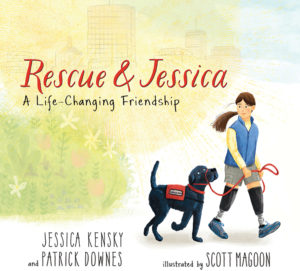 ational knowledge absolutely helped me in my career as an agent. I also made some great relationships—I still pitch to editors at HMH whom I knew as an intern. I made several book deals based on a referral from their former managing editor. And I crossed paths with Scott Magoon there, who was working there at the time and he ended up being the illustrator for Rescue and Jessica: A Life-Changing Friendship by Jessica Kensky and Patrick Downes, which was an award-winning and bestselling book that I represented.
ational knowledge absolutely helped me in my career as an agent. I also made some great relationships—I still pitch to editors at HMH whom I knew as an intern. I made several book deals based on a referral from their former managing editor. And I crossed paths with Scott Magoon there, who was working there at the time and he ended up being the illustrator for Rescue and Jessica: A Life-Changing Friendship by Jessica Kensky and Patrick Downes, which was an award-winning and bestselling book that I represented.
RVC: You’ve been at Martin Lit for a good while now. In all your experience at that agency, what has surprised you the most?
CG: I started in September 2013, so it’s been seven years now, and in that time I’ve learned so, so much. I mean I was really starting off with very little knowledge and had to learn on the fly from Sharlene and from any resources I could access. I was very determined to right my career path and be successful at this.
One thing that surprised me is how thick-skinned I would become. Publishing can be a roller coaster ride, especially at the submissions/acquisitions stage and, having ridden that roller coaster over and over again, I can weather even deep disappointments well—and happily celebrate the highs. I also didn’t realize how my business relationships with clients could form into strong bonds of friendships.
RVC: A lot of early-career picture book writers ask me if a platform is necessary. What do you think?
CG: I truly think the most important thing is that a book be great (and the timing is right!). Platform is a bonus and plus, of course, but if the work has that special sauce, it doesn’t matter if the author is unknown and has no platform to speak of. If you want to sell a book that plays off of your platform, then, absolutely, you should have an established platform. In certain genres like adult nonfiction, platform is everything. In kidlit, it’s less important, especially at the acquisitions phase. I do think it’s important to signal to publishers that you understand the author’s role in promoting and publicizing the book, that you are willing to play the game.
For authors trying to figure out what kind of platform they have to offer, I would think about what access you have to the target readers and book buyers for your book. Social media is one thing, sure. But…
- Do you have or can you seek out media contacts that you can take advantage of when the book comes out?
- Do you belong to certain groups or industries or speak at conferences or events that are made up of your target buyer?
- What are ways that you can use those groups or gatherings to promote your book?
- Can you reach out to your school alumni networks to promote the book in some way?
- Can you write articles, start a podcast, create a blog related to your book or topics you cover in your book?
- Can you start a newsletter that accesses your entire personal network?
- Do you have connections to others who have a large platform who would be willing to promote your book?
- Have you scoured Instagram for influencer accounts that reach your book-buying audience and are ready to reach out to them?
Think about all the ways you can take advantage of your personal and professional networks so that people can find out about your book.
RVC: Love those examples–thanks!
You’re a self-confessed sucker for picture books that are a “heart squeezer.” What are some PB examples that really made you get out the Kleenex (in the good way)?
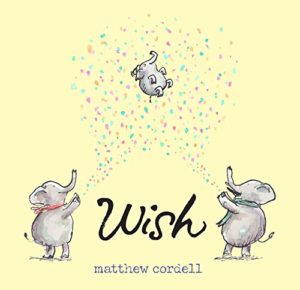 CG: As a mother who struggled with infertility, I cry 100% of the time I read Matthew Cordell’s Wish. Seriously, I have not gotten through even to the third page turn without misty eyes.
CG: As a mother who struggled with infertility, I cry 100% of the time I read Matthew Cordell’s Wish. Seriously, I have not gotten through even to the third page turn without misty eyes.
Other recent heart-squeezing favorites include Julián Is a Mermaid by Jessica Love, The Rabbit Listened by Cori Doerrfeld, Hair Love by Matthew Cherry, Hello Lighthouse by Sophie Blackhall, and Home in the Woods by Eliza Wheeler.
RVC: You dig nonfiction—so says your Manuscript Wishlist as of May 2020—but biographies aren’t really a big hit with you. Is that a marketplace thing, personal preference, or something else?
CG: I already have several picture book biographers amongst my clientele so I’m looking to diversify. I have said in the past that the market was thinning a bit to picture book biographies, but I do see evidence of the market opening back up. I sold two this summer. Publishing is dynamic! I will always love picture book biographies, but to me, there are a lot of cool things happening in kid’s nonfiction outside of biographies. I want to see more of those kinds of books!
RVC: How do you describe your agenting style? Is it different with your clients than with prospective editors?
CG: Collaborative. Respectful. Transparent. Hard-working. Analytical. Confident. Kind!
One thing I learned from my job as a lawyer, another client-services industry, is the importance of maintaining professionalism. You can count on me to always be professional.
RVC: Unlike some agents, you’re open to developing MG and YA nonfiction projects with talented writers. Do you ever do such a thing with picture books?
CG: I think there is a lot of room for growth in the middle grade and YA nonfiction space. There aren’t enough writers of these genres yet! So, at this point, I’d be willing to work with authors who are experts in a field, or journalists or researchers interested in specific topics to help pull good, marketable book ideas.
Picture books have a lot more nonfiction contributors so I’m not looking to develop ideas from scratch beyond my own clientele. I do LOVE coming up with ideas for market-ready books. It’s one of my favorite parts of my job. Typically, when I think up a good idea, I think about which client would make a good fit and reach out to them and see if they are game to write it. Often, they are. At this point, I think there around about 6–7 books out or coming out that started as one of my brain children. It’s my way of bringing some of my own creativity into this job which is about supporting amazing creative talent.
RVC: Your clients are so lucky! Here’s hoping they send you a jumbo box of gourmet muffins when those book ideas you launched actually happen.
MMMmmmMMMMM…gourmet boysenberry muffins with cream cheese frosting.…
Sorry–I got distracted there. Now here’s a question I wish I didn’t have to ask. How has COVID-19 changed your day-to-day agenting work?
CG: COVID-19 came at a weird time for me. Since July 2019, I’ve been living in Singapore with my husband and daughter on an ex-pat stint for my husband’s job (we’ll be back next year). So I was already operating a bit differently than I typically do in that there was less in-person stuff. Because of COVID-19, everyone else is doing less in-person stuff, too. So I would say my day-to-day is very similar, but more editors are open to having video meetups as it’s now the norm. I do find that all of this has made me cherish life more and I’m motivated to only work on projects that I’m really passionate about and believe in.
RVC: I quite agree with that!
One last question before we move to the final part of the interview. Did you ever get that longed-for picture book manuscript about the mathematical golden ratio?
CG: Ha ha, nice memory! No, I didn’t. I did a project on the golden ratio in the sixth grade and I remember it fascinated me, a math-hating girl. I feel like if that topic could reel in the likes of me, it could reel in lots of other kids!
Feel free to send me one, dear reader!
RVC: There you have it, OPB friends and family. An exclusive manuscript request. When you send it to her and she sells that book, do remember me for helping facilitate this (hint: muffins, muffins, muffins).
Alright, it’s time for The Speed Round! Ferrari-fast questions and Corvette-quick answers please. Clelia, are you ready?
CG: Let’s do this.
RVC: Best place for food in Singapore?
CG: Hawker markets. There’s a stand in the Zion Food Centre in a neighborhood called River Valley that has the most perfect pan-fried dumpling you can possibly imagine. I salivate every time I think about them. I’m salivating right now….
RVC: “If I wasn’t a literary agent or a lawyer, I’d be…”
CG: Government lawyer at the Federal Communications Commission (an alternate history in my lawyering career); speech writer; something in TV/Film production; book-related shop owner; First Lady of anything.
RVC: If you put together a golf foursome with PB characters, it’d be you plus which three others?
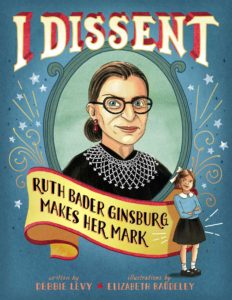 CG: Okay, I’m going to go pragmatic on this one—maybe that says something about the way my brain works. I own a gorgeous Anne of Green Gables-inspired picture book from Tundra Books called Goodnight, Anne so I’d pick her so I can hang out with Anne-With-An‑E, one of my first major heroes. Ruth Bader Ginsburg from I, Dissent (rest in peace, legend), a major real-life hero. And Jessica from Rescue and Jessica because that Jessica is really author Jessica Kensky, my longtime friend who is hilarious and probably as bad at golf as me and we could all have a good laugh together.
CG: Okay, I’m going to go pragmatic on this one—maybe that says something about the way my brain works. I own a gorgeous Anne of Green Gables-inspired picture book from Tundra Books called Goodnight, Anne so I’d pick her so I can hang out with Anne-With-An‑E, one of my first major heroes. Ruth Bader Ginsburg from I, Dissent (rest in peace, legend), a major real-life hero. And Jessica from Rescue and Jessica because that Jessica is really author Jessica Kensky, my longtime friend who is hilarious and probably as bad at golf as me and we could all have a good laugh together.
RVC: Describe your Dream Client in five words or less.
CG: Talented, perseverant, kind, charismatic, self-starter.
RVC: A forthcoming client’s book that has BIG commercial potential?
CG: Oh man, I am seriously SO excited about my upcoming titles. But in terms of which might have major sales potential–I would guess two picture books: Daddy Speaks Love by Leah Henderson and illustrated by EB Lewis (Nancy Paulsen), a beautiful tribute to fathers and The Very True Legend of Mongolian Death Worms by Sandra Fay (Godwin Books), a truly hilarious and very uniquely illustrated picture book that I think will appeal to Jon Klassen and Mac Barnett fans. She’s from New Zealand and brings that trademark dry Kiwi wit to her stories. She’s brilliant!
RVC: What’s the One That Got Away?
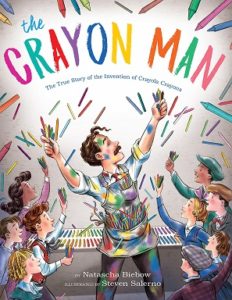 CG: In terms of picture books, I remember deciding not to offer representation on The Crayon Man by Natascha Biebow and that always bugs me–I would have made a different decision today. One book I offered on but the author ended up going with a different agent is an upcoming middle grade novel called La Loteria by Karla Valenti. I was dying to rep lovely Karla and her book, but she went with Ammi-Joan Paquette, whom I like and respect very much, so I can’t be too mad!!
CG: In terms of picture books, I remember deciding not to offer representation on The Crayon Man by Natascha Biebow and that always bugs me–I would have made a different decision today. One book I offered on but the author ended up going with a different agent is an upcoming middle grade novel called La Loteria by Karla Valenti. I was dying to rep lovely Karla and her book, but she went with Ammi-Joan Paquette, whom I like and respect very much, so I can’t be too mad!!
I just realized these responses were not “Corvette-fast.” Sorry!
RVC: No worries, Clelia. The real bar for anything at OPB is quality, and you delivered, no doubt about it. Thanks so much!


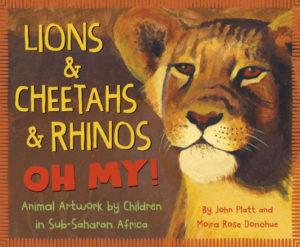
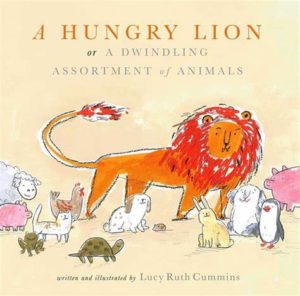
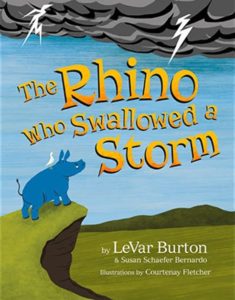
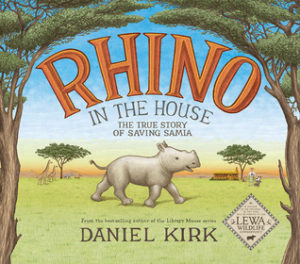
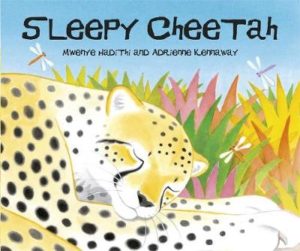
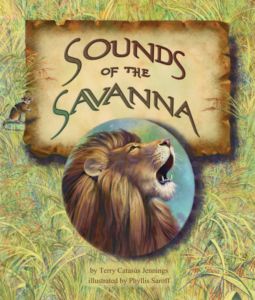
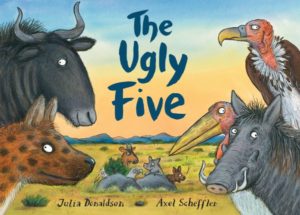
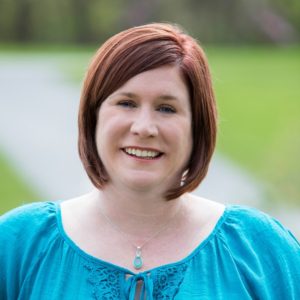 This month’s Author Interview is with Illinois author Lisa Katzenberger. I learned about her via
This month’s Author Interview is with Illinois author Lisa Katzenberger. I learned about her via 